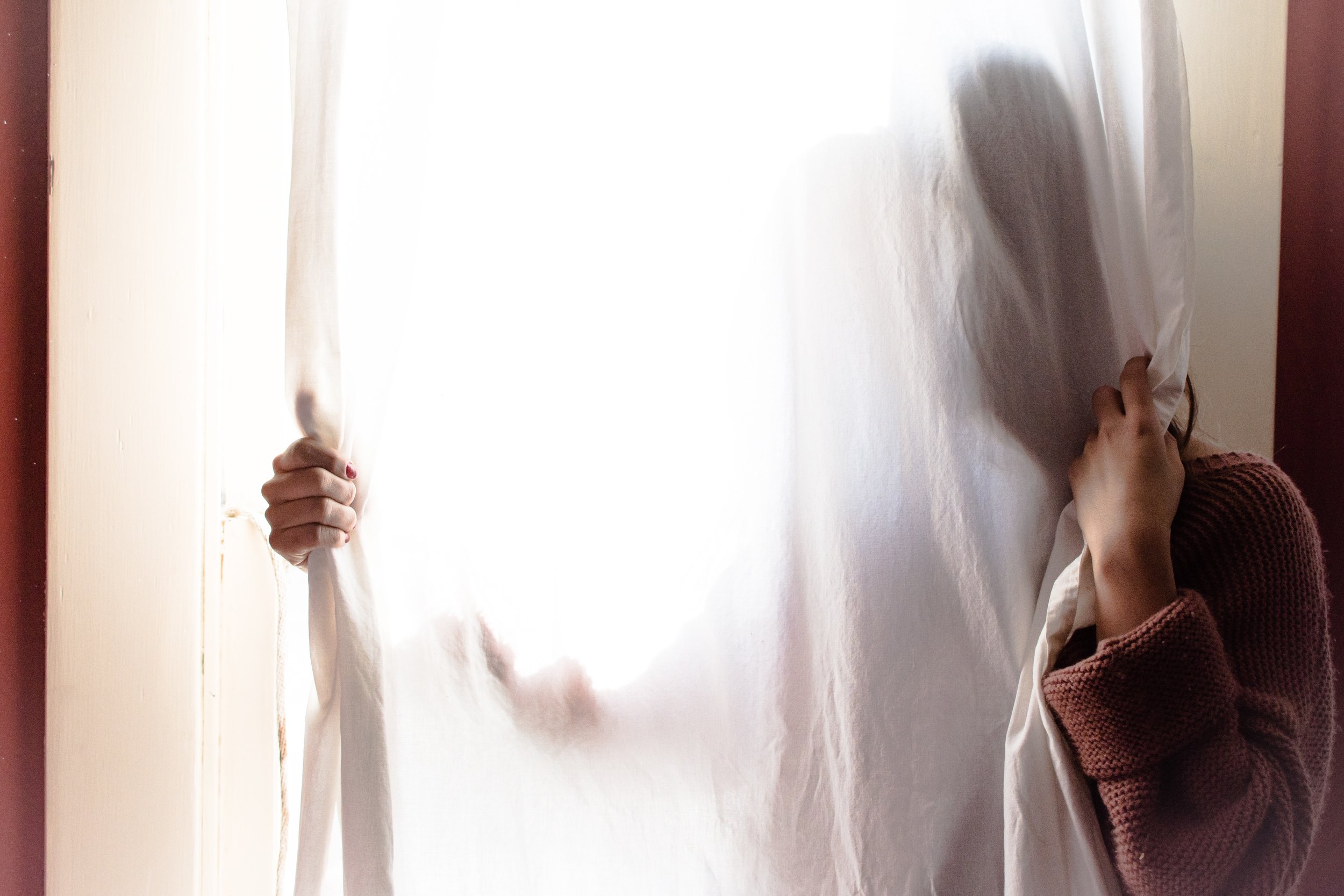
Is Anxiety a Mood Disorder?
Anxiety is a normal emotional reaction in response to stressful situations. Anxiety is not a mood disorder; it is a feeling that all people will experience at some time in their lives. However, it is atypical for an individual to experience frequent, intense, debilitating, persistent worries and/ or fears related to everyday situations, and such anxiety could be indicative of an anxiety disorder.

What is Avoidant Personality Disorder?
The Diagnostic and Statistical Manual of Mental Disorders, Fifth Edition (DSM-5) includes ten personality disorders and groups them into three clusters (A, B, and C) that are based on similar or shared characteristics.

Schizophrenia vs. Psychosis
Schizophrenia is a mental illness that is listed in the Statistical Manual of Mental Disorders, Fifth Edition (DSM-5). It is a lifelong mental health condition that is characterized by abnormally interpreting reality.

Covid and Mental Health Treatment
The novel coronavirus, also referred to as COVID-19, traveled rampantly through the world, affecting millions of individuals in a variety of ways. Many states across America implemented stay-at-home orders for all non-essential workers, in efforts to slow the spread of the virus.

What is a Mood Disorder?
Mood as defined by Merriam-Webster is “a conscious state of mind or predominant emotion.” It is normal to experience an array of emotions throughout one’s life. Quickly shifting emotions, depending on the situation, can also be typical (e.g. feeling happy one moment and then stepping in gum, which shifts your mood to anger).

Personality Disorder: Type A vs. Type B
The word, ‘personality’, is a noun and as defined in Oxford Learner’s Dictionaries is “the combination of characteristics or qualities that form an individual’s distinctive character.” Hence, an individual’s personality is what differentiates him or her from another; it is what makes a person unique. Many professionals ascertain that one’s personality is influenced by external stimuli (e.g. being exposed to different experiences, changing environments, etc.).

Psychosis and Depression
Depression, also referred to as major depressive disorder or clinical depression, is a mental illness that is listed in the Diagnostic and Statistical Manual of Mental Disorders, Fifth Edition (DSM-5). It is characterized by persistently depressed mood or loos of interest in previously enjoyed pastimes, significantly interfering in an individual’s ability to function in his or her daily life. Psychosis is a symptom, not an illness.

What is Histrionic Personality Disorder?
Personality is one of the ways an individual differentiates him or herself from others. One’s personality informs one’s a way of thinking, behaving, and feeling, and it is unique to each person. An individual’s personality is influenced by external stimuli (e.g. environment, experiences, etc.) and inherited characteristics.

What Are the Symptoms of Being an Alcoholic
An alcoholic is an individual that is diagnosed with alcohol use disorder, also known as alcoholism. Alcohol use disorder is listed in the Diagnostic and Statistical Manual of Mental Disorders, Fifth Edition (DSM-5). It is defined as a chronic disease that is characterized by uncontrolled drinking and preoccupation with alcohol.

Timeline for Alcohol Detox
Though alcohol is legal for consumption by individuals over the age of twenty-one in America, it is also considered a powerful substance, and when abused can yield severe effects. When an individual habitually abuses alcohol his or her body will become accustomed to functioning with alcohol present in his or her system and will likely develop alcohol use disorder.

Signs of Alcohol Abuse
According to the Mayo Clinic, alcohol abuse is clearly defined as a “pattern of drinking where a male consumes five or more drinks within two hours or a female downs at least four drinks within two hours.” The definition of one standard drink, as provided by the National Institute on Alcohol Abuse and Alcoholism includes one of:

A Guide to Personality disorder Tests
The Diagnostic and Statistical Manual of Mental Disorders, Fifth Edition (DSM-5) lists ten personality disorders that are classified into clusters. Although each personality disorder has distinct characteristics, each of the different personality disorders is categorized into one of three clusters (cluster A, cluster B and cluster C).
